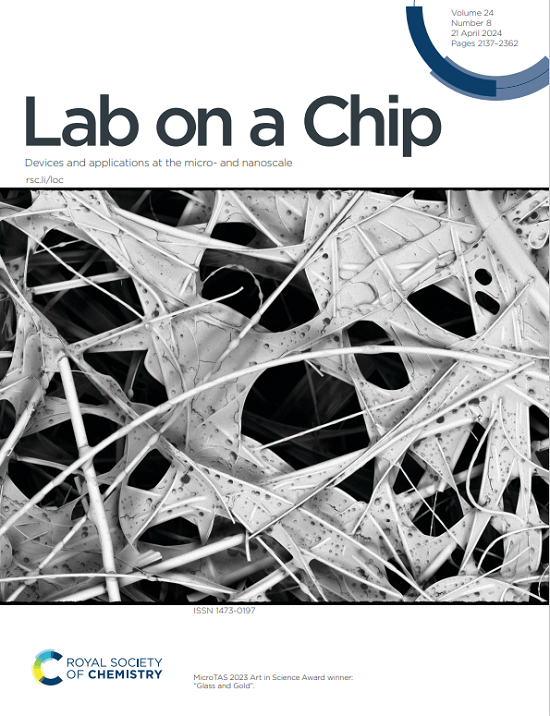Rocker or Pump? Transcriptomic Response of Endothelial Cells Exposed to Peristaltic Pump-Based Unidirectional Flow vs. Rocker-Induced Bidirectional Flow
IF 6.1
2区 工程技术
Q1 BIOCHEMICAL RESEARCH METHODS
引用次数: 0
Abstract
Rocking-platform perfusion systems rely on hydrostatic pressure differences to perfuse cells in organ-on-chip devices. These systems are popular due to their tubing-free design, which facilitates parallelization, an essential feature for applications in drug discovery, precision medicine, and academic research. However, most of these systems generate bidirectional flow, which does not accurately replicate the physiological conditions experienced by endothelial cells (ECs) in the microvasculature. To address this limitation, pump-based systems are often employed to generate unidirectional flow, though they require external tubing, thereby limiting scalability compared to rocking platforms. In this study, we compared the transcriptomic responses of endothelial cells exposed to flow generated either by a rocking platform or a peristaltic pump, under matched flow rates. Our results revealed distinct transcriptomic profiles induced by the two flow modalities, with hundreds of genes differentially expressed between the two conditions. After 4 hours of flow exposure, we observed an enrichment in signaling pathways including NF-κB, ERK, BMP and MAPK. Furthermore, after 24 hours of flow exposure, we identified significant changes in biological processes such as immune cell migration, angiogenesis and vascular and extracellular matrix remodeling, highlighting how the directionality of flow can shape endothelial cell behavior at the molecular level.摇杆还是泵?内皮细胞在基于蠕动泵的单向流动和rocker诱导的双向流动下的转录组反应
岩石平台灌注系统依靠静水压力差来灌注器官芯片设备中的细胞。这些系统因其无管设计而广受欢迎,这有助于并行化,这是药物发现、精准医学和学术研究应用的基本特征。然而,这些系统大多产生双向流动,这并不能准确地复制微血管中内皮细胞(ECs)所经历的生理条件。为了解决这一问题,基于泵的系统通常用于产生单向流,尽管它们需要外部油管,因此与摇摆平台相比,其可扩展性受到限制。在这项研究中,我们比较了内皮细胞在匹配流速下暴露于摇摆平台或蠕动泵产生的流动中的转录组反应。我们的研究结果揭示了两种流动方式诱导的不同转录组谱,在两种条件下有数百个基因差异表达。流式暴露4小时后,我们观察到NF-κB、ERK、BMP和MAPK等信号通路的富集。此外,在24小时的血流暴露后,我们发现了免疫细胞迁移、血管生成、血管和细胞外基质重塑等生物过程的显著变化,强调了血流的方向性如何在分子水平上塑造内皮细胞的行为。
本文章由计算机程序翻译,如有差异,请以英文原文为准。
求助全文
约1分钟内获得全文
求助全文
来源期刊

Lab on a Chip
工程技术-化学综合
CiteScore
11.10
自引率
8.20%
发文量
434
审稿时长
2.6 months
期刊介绍:
Lab on a Chip is the premiere journal that publishes cutting-edge research in the field of miniaturization. By their very nature, microfluidic/nanofluidic/miniaturized systems are at the intersection of disciplines, spanning fundamental research to high-end application, which is reflected by the broad readership of the journal. Lab on a Chip publishes two types of papers on original research: full-length research papers and communications. Papers should demonstrate innovations, which can come from technical advancements or applications addressing pressing needs in globally important areas. The journal also publishes Comments, Reviews, and Perspectives.
 求助内容:
求助内容: 应助结果提醒方式:
应助结果提醒方式:


